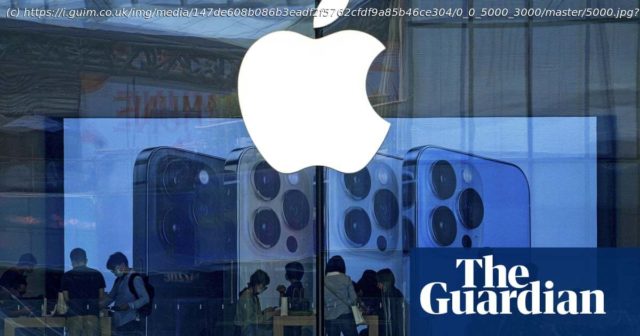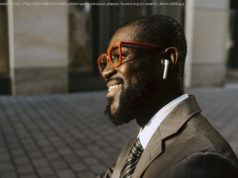Array
The invitation to Apple’s latest iPhone launch event on Wednesday, at which the company is expected to reveal new versions of the iPhone and Apple Watch, shows a starfield in the shape of the company’s logo, with the caption “Far out”.
Apple’s event invitations frequently contain a gnomic hint at the forthcoming news, usually only visible in the rear-view mirror. But while some of the company’s expected announcements are likely to elicit a sense of amazement, they may not all be in the tone that Apple’s marketing team would hope.
Continuing the pattern set four years ago, Apple’s new iPhones are likely to be split into two lines, the iPhone 14 Pro and the adjectiveless, and cheaper, iPhone 14, each available in normal and large sizes. But for the first time since the iPhone 3G release in 2008, some of the new models will reportedly contain the same series of processors, Apple’s A15 Bionic chips, as are already used in the currently-available iPhones 13, suggesting there is unlikely to be a noticeable performance difference between new and old.
While the more expensive iPhone 14 Pro will contain A16 Bionic chips, continuing the company’s long-running approach of debuting new silicon in a new iPhone, the cheaper iPhone 14 won’t, according to reports from the analyst Ming-Chi Kuo. The company has struggled with the same chip shortages faced by much of the rest of the industry, as well as supply chain disruption due to continued Covid lockdowns in China and geopolitical tension between Taiwan and Beijing.
Instead of offering faster phones, the new devices are expected to be pitched with another major upgrade: “always-on” screens.






